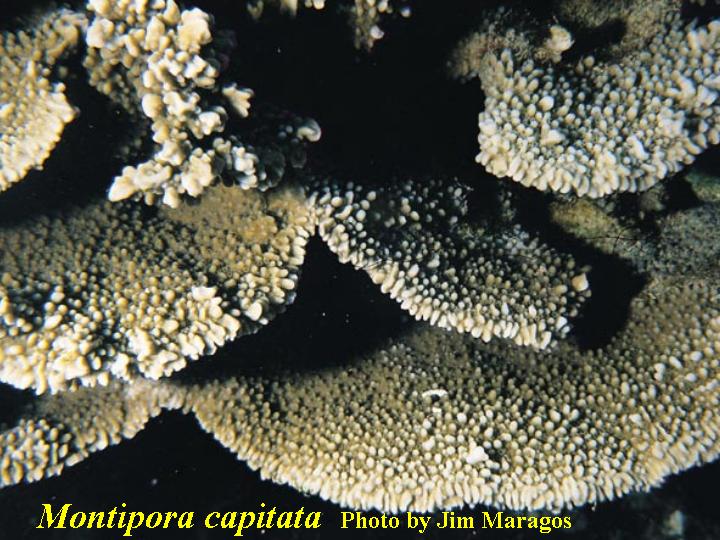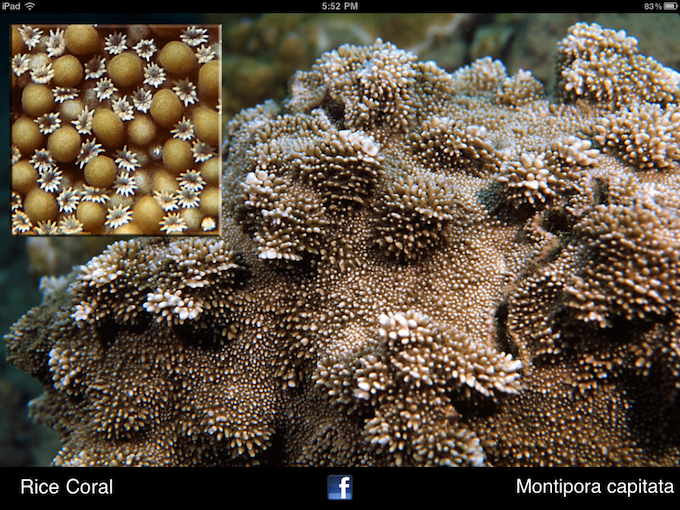A study published in Royal Society Open Science has found that Montipora capitata populates with algal symbionts based on environmental factors. Scientists from the Hawai‘i Institute of Marine Biology and the Chaminade University of Honolulu already knew that the reef-building coral hosted a diversity of symbionts, but they wanted to test if the same coral hosted different species of zooxanthellae based on the light it received and importantly, the water temperatures it was exposed to. Six hundred M.capitata colonies were surveyed from 30 sites across a 10km stretch of Kane‘ohe Bay. Frags were taken from healthy colonies and DNA testing revealed a staggering 283 Symbiodiniacae types, 85% belonging to the genus Cladocopium, and 15% belonging to the genus Durusdinium.
Overall, 43% hosted Cladocopium only, 11% hosted Durusdinium only, and 46% hosted a combination of both genera. Of those mixed colonies, 32.5% were dominated by Cladocopium, while 37% of colonies were dominated by Durusdinium. Durusdinium was most prevalent in corals that were exposed to high temperatures in the center of the bay, whereas it was least prevalent in the same corals growing in the extreme North and South – the areas that were most affected by bleaching when water temperatures there became abnormally warm. Put two and two together and it appears that Montipora capitata may be more resilient to rising ocean temperatures based on the selection of Symbiodiniaceae type, and knowing that may help in the battle against climate change.
“This fine-scale variation in algal symbiont community composition across local environmental gradients suggests that algal symbiont communities can adaptively match the environmental conditions surrounding the holobiont,” the study concludes. “Symbiodiniaceae communities are attuned to fine-scale environmental gradients and that understanding these complex interactions across the heterogeneous mosaic of coral reef environments is needed to better predict spatial patterns in biological responses such as bleaching susceptibility.”




